Discover the Best of Romania
Where are you going?
Trust and Safety
All the hosts are carefully checked to make sure they meet our standards
Best Price Guarantee
You can book the home or experience at the best price and you don’t need to pay any fee

Focused on Quality. Not Quantity.
Less than 10% of accommodations in Romania meet our rigorous criteria.
See All
Top Destinations


No matter if you are a travel guide, a local experience host or you want to rent your home
You can be our future partner.
Learn MoreDo you want to join us as a host?
Learn More
Places to visit in Romania
Exploring the Best of the Danube Delta: Top Attractions and Must-See Tourist Destinations
When it comes to tourist attractions, the Danube Delta is one of the coolest...
A Unique Perspective on Tourist Attractions on the Black Sea Coast
Do you want to spend your next vacation on the Black Sea seaside in Romania? We have...
The Unforgettable Charm of Wild Beaches in the Danube Delta
Today, we’re presenting you the most beautiful beaches in the Danube...
Exploring the Danube Delta: A Seasonal Guide to the Best Times to Visit
When to visit the Danube Delta?
This a question with an apparently simple answer,...
The Danube Delta: 10 Fascinating Facts to Ignite Your Travel Bug
Today, we're excited to share with you some fascinating insights about the Danube...
Hooked On Flavor: The Best Fish Recipes From The Danube Delta
Welcome to a delightful culinary journey through the Danube Delta!
Renowned for...
Hooked on Danube Delta Fishing: A Look at the Best Fishing Spots
Fishing in the Danube Delta can be a memorable experience or a total...
Unforgettable Danube Delta Trip: Authentic Adventures and Premium Accommodations
Are you planning a vacation in the Danube Delta?
Are you looking for authentic...
Where Exactly is Transylvania? It's More Than Just Dracula's Castle
When most people think of Transylvania, they immediately associate it with...
Top Tourist Attractions in Transylvania: Must-Visit Places for Your Next Vacation
Transylvania, located in central Romania, is a land of fascinating history, rich...
Indulge in Transylvania's Unforgettable Food: A Memorable Guide
Are you planning to explore Transylvania this year?
In addition to the numerous...
Experience Christmas Like Never Before in Transylvania
Do you want to spend the most beautiful Christmas in Transylvania?
To enjoy local...
Discover the Charm of Spending the Holidays in Transylvania this Easter
Do you want a memorable spring vacation?
Spend the Easter holidays in...
Visit Maramures: The Ultimate Destination for a Unique Travel Experience
Are you planning a vacation in Maramures?
Do you want to visit a top destination...
Foodie's Paradise: Where to Eat and What Food to Try in Maramures
If you don't know what and where to eat in Maramures, Travlocals presents you some...
Celebrate Christmas in Maramures: Traditions & Accommodations
Do you want to spend Christmas in Maramures?
You can have a memorable experience...
Hop into Easter in Maramures: Authentic Culture and Accommodations
Do you want to spend the Easter holidays in Maramures?
This vacation destination...
Discover the Beauty of Rural Vacations with Maramures Traditions
Do you want to relive the times of childhood? To discover the new luxury of...
Discovering Maramures: 9 International Recognized Wooden Churches
Some of the oldest and most beautiful wooden churches in the world are located in...
Journey to the Heart of Bukovina: 12 One-of-a-Kind Tourist Attractions
Are you planning a vacation in Romania but haven't chosen your destination...
Taste the Authentic Food from Bukovina: Must-try Traditional Recipes
Do you want to spend your vacation in Bukovina and explore the local...
Bukovina's Cultural Treasures: Exploring the Customs and Traditions
Are you looking for a different vacation destination in Romania? Do you want to...
Visit the Apuseni Mountains and Discover this World-Famous Destination
Do you want to spend your next vacation in the Apuseni Mountains? They are...
Savor the Flavors of the Apuseni Mountains' Food: Local Recipes to Try
Here's what and where to eat in the Apuseni Mountains for a memorable experience....
Journey to the Heart of the Apuseni Mountains: Top 15 Tourist Hotspots
Do you want to see the most beautiful places to visit in the Apuseni Mountains? They...
From Folklore to Festivals: A Look at Apuseni's Customs and Traditions
Let's discover together the most beautiful customs and traditions in...
Experience Romania's Best: A Guide to the Top Tourist Attractions
Are you looking for tourist destinations in Romania for a memorable vacation? You...
Holidays in Romania: Discover the Charms of Rural and Cultural Tourism
Are you looking for a top destination in Europe for rural or cultural tourism? We...
When will you be there?
I'm flexible
I'm flexible
Guests
Adults
Children
Messages
{{unread_count}}
Chat with: {{currentConversation.display_name}}

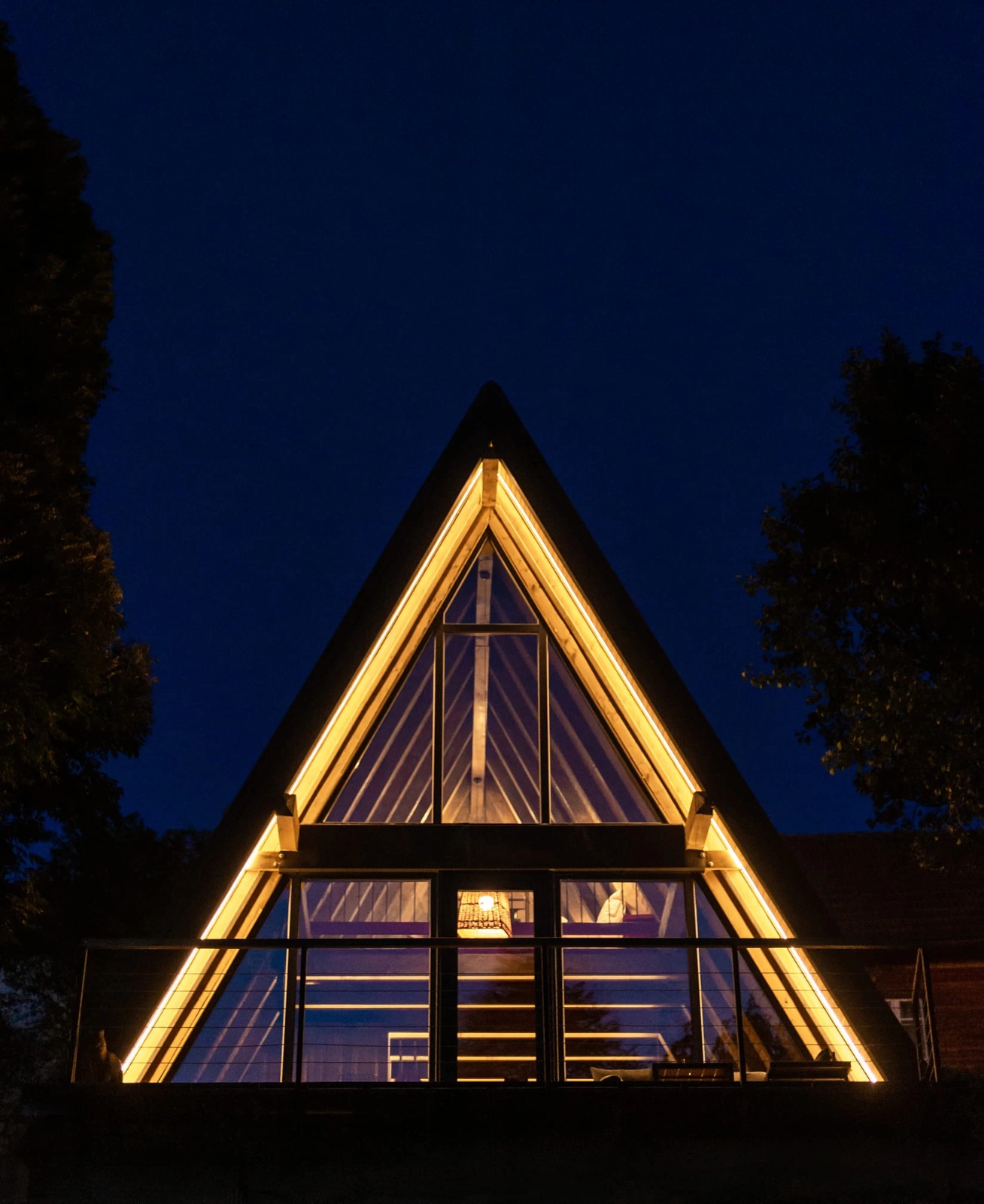
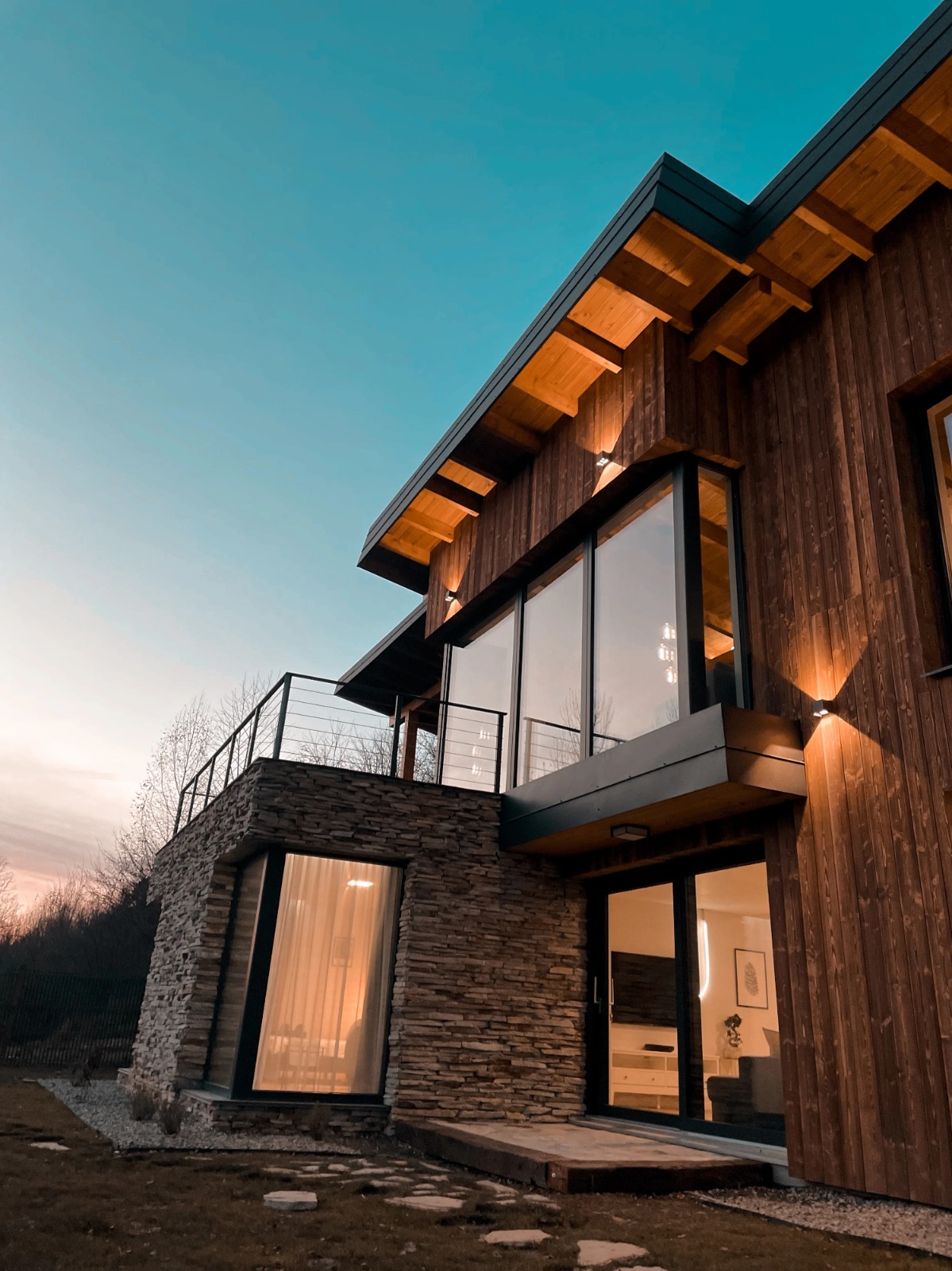
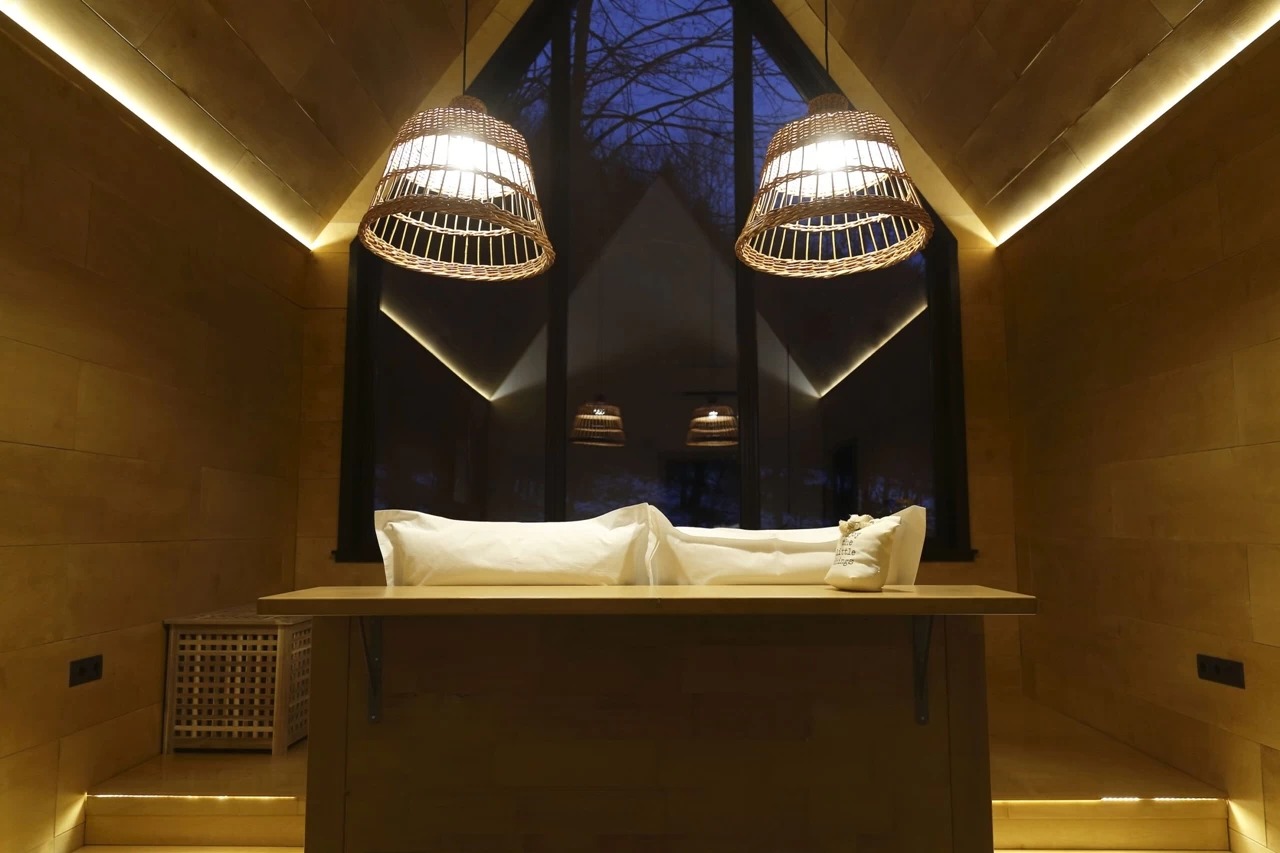
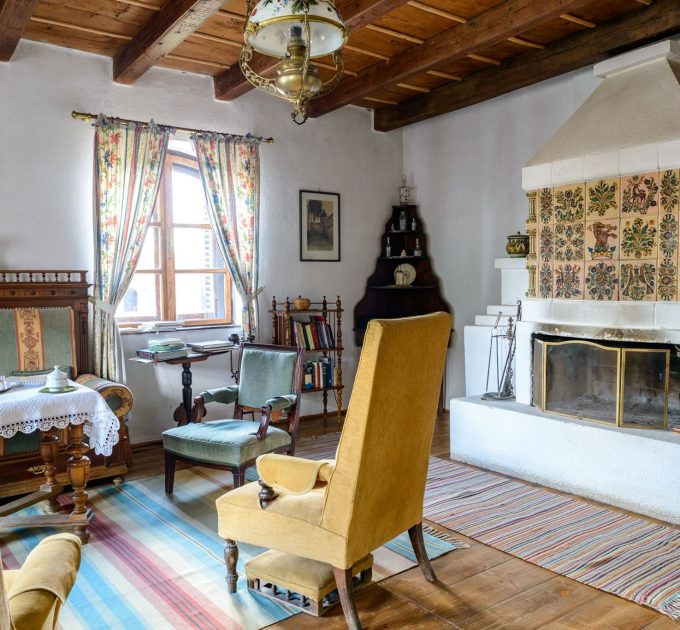
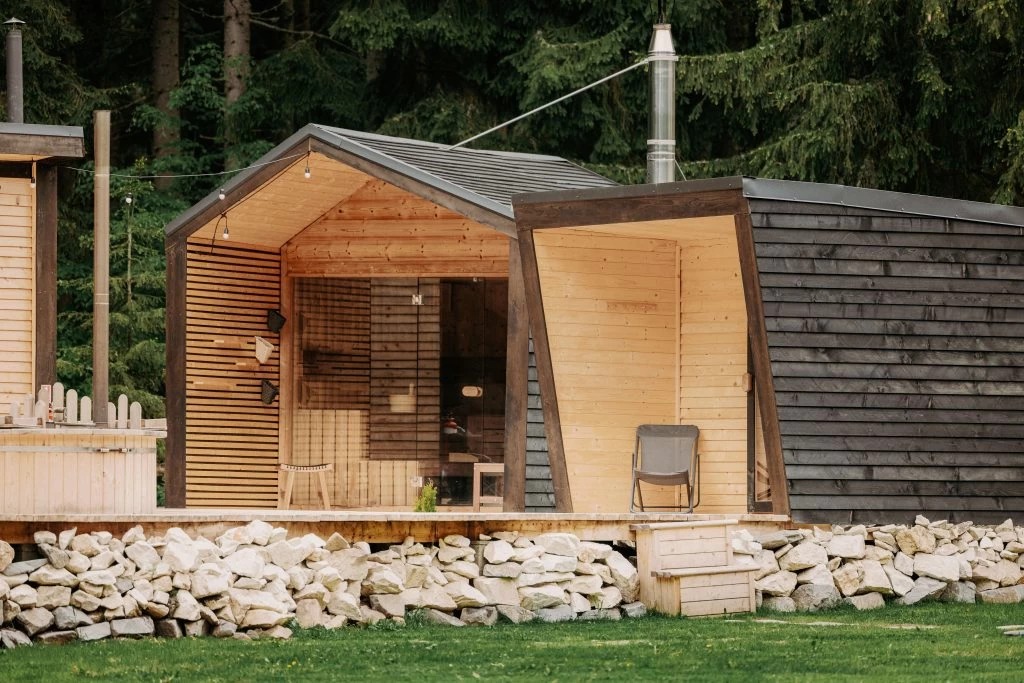
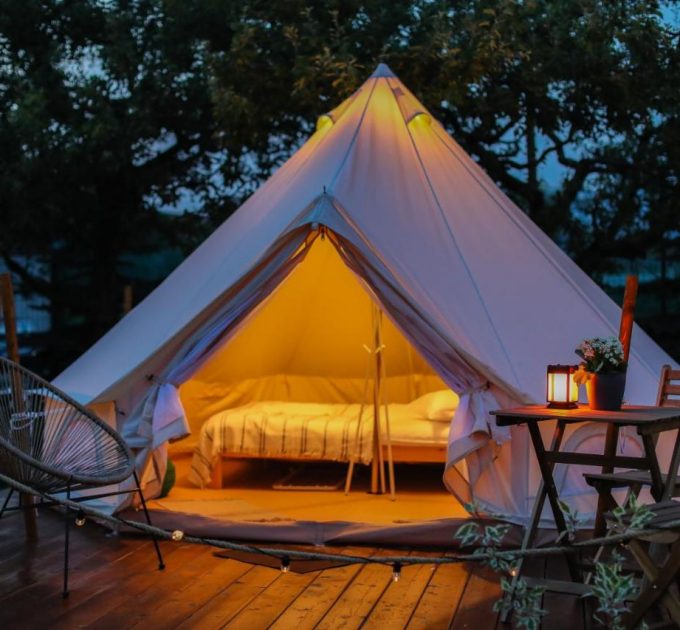
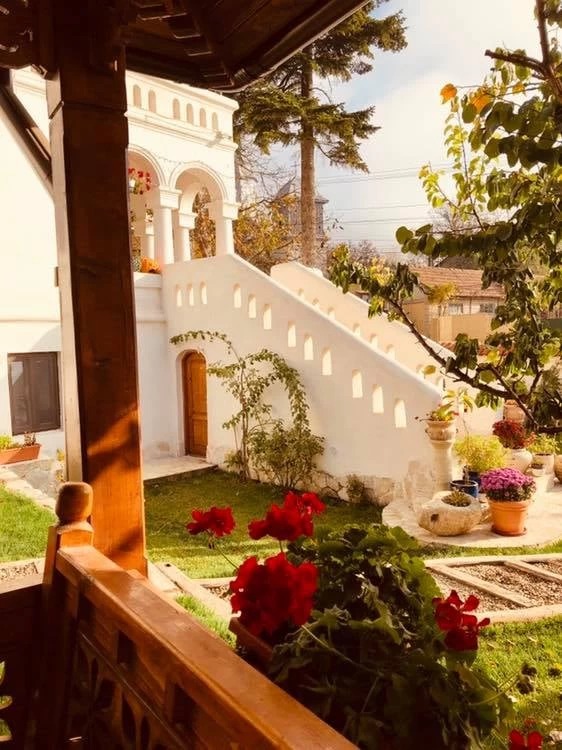
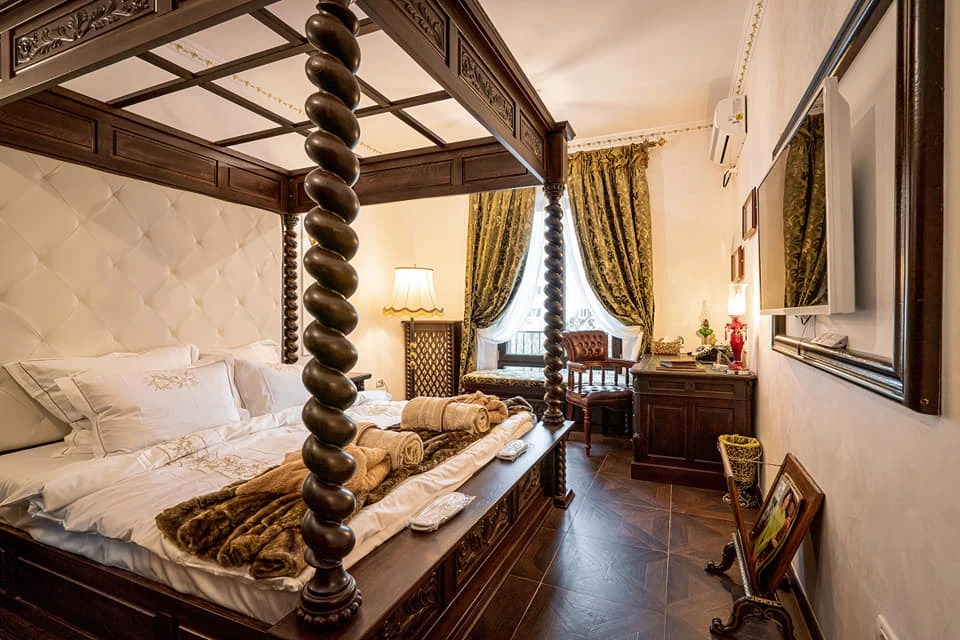
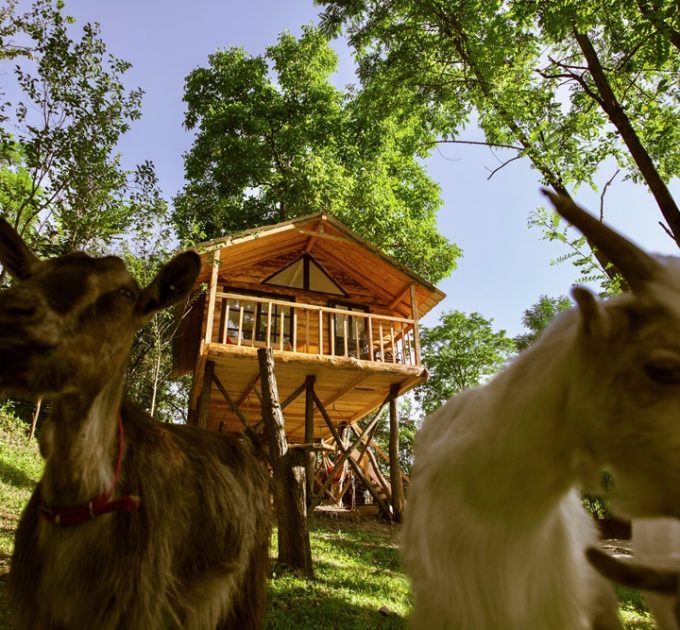
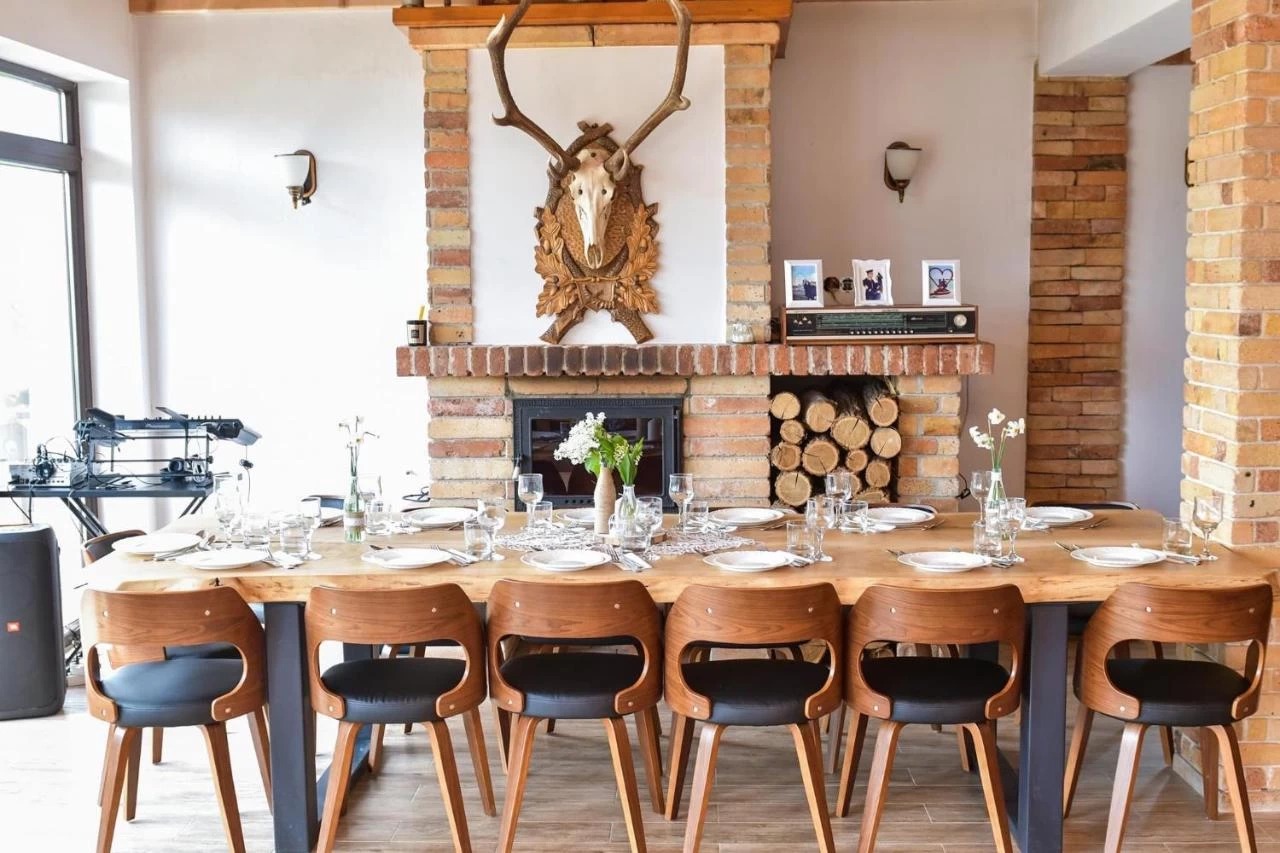
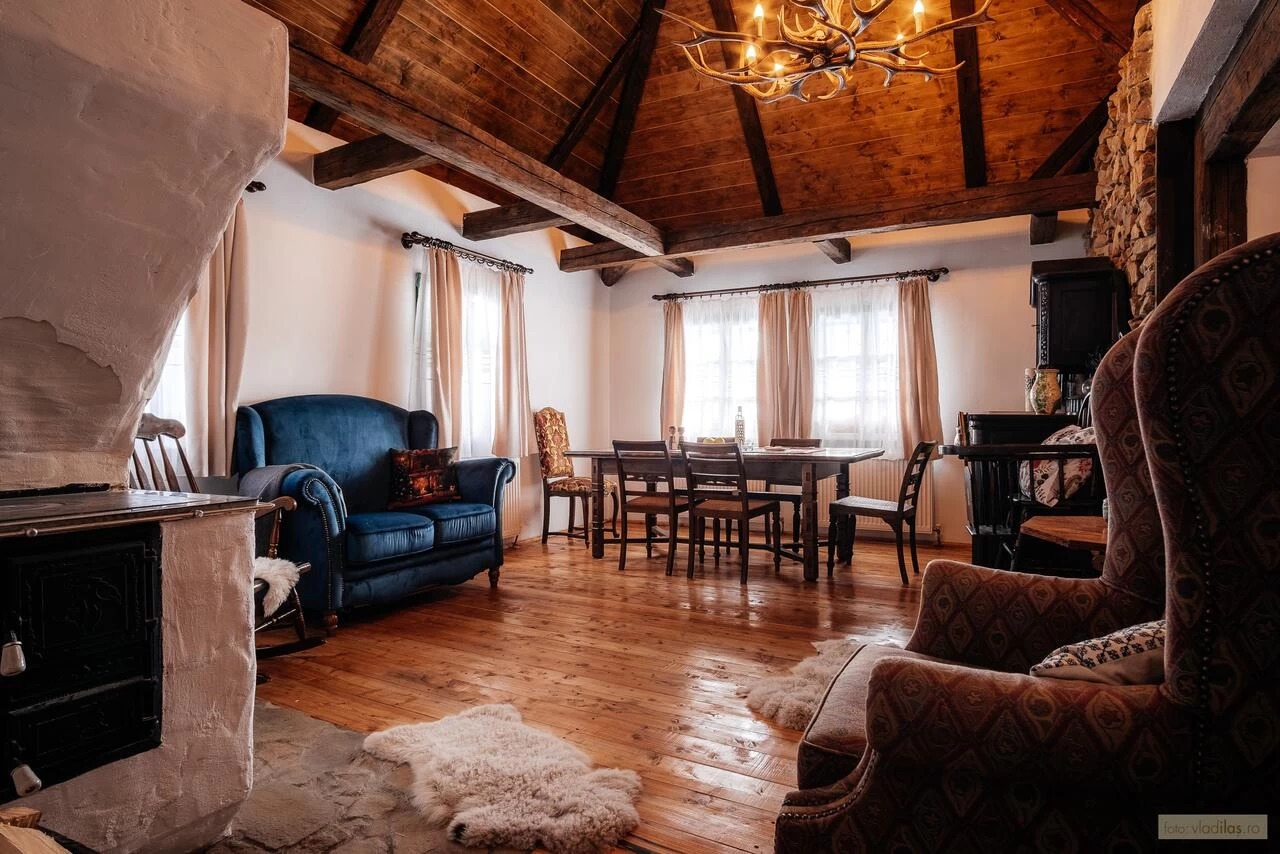
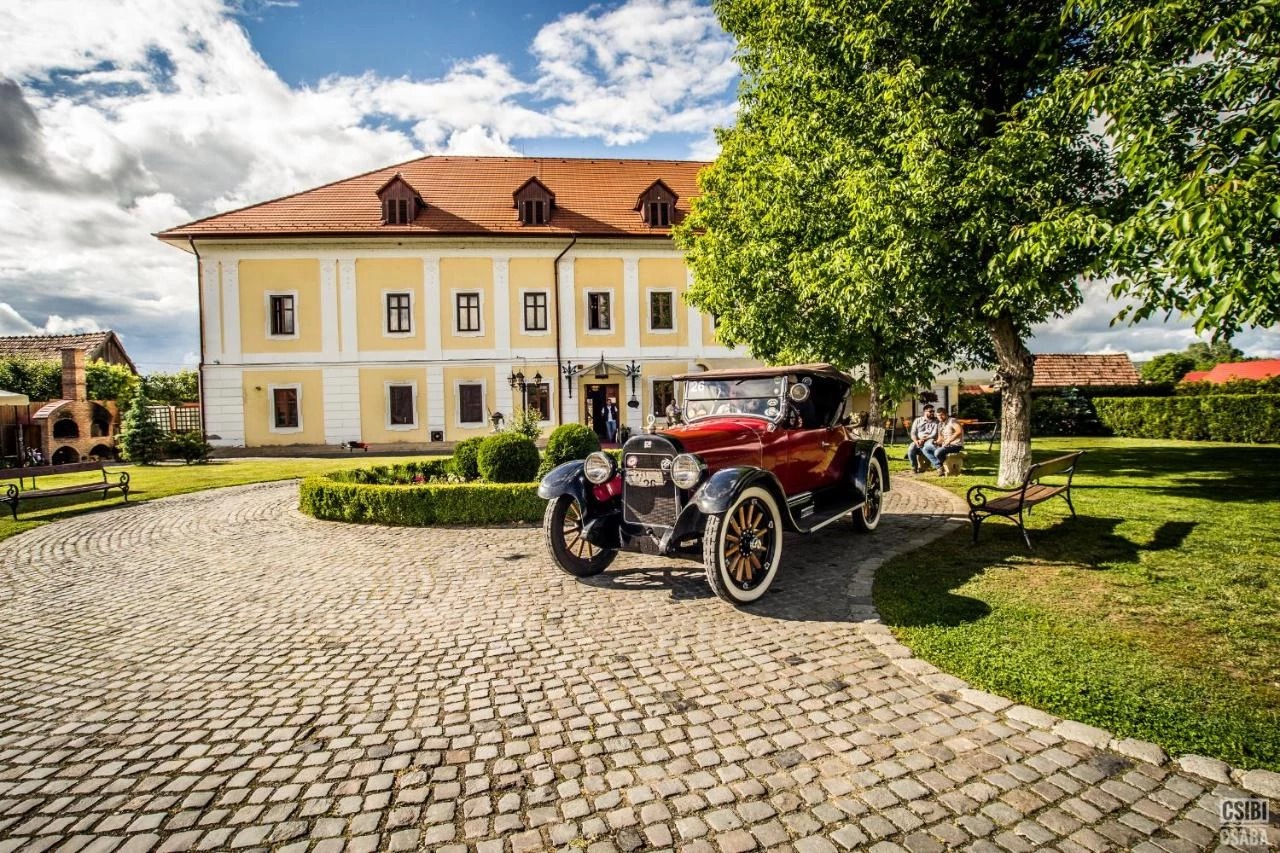
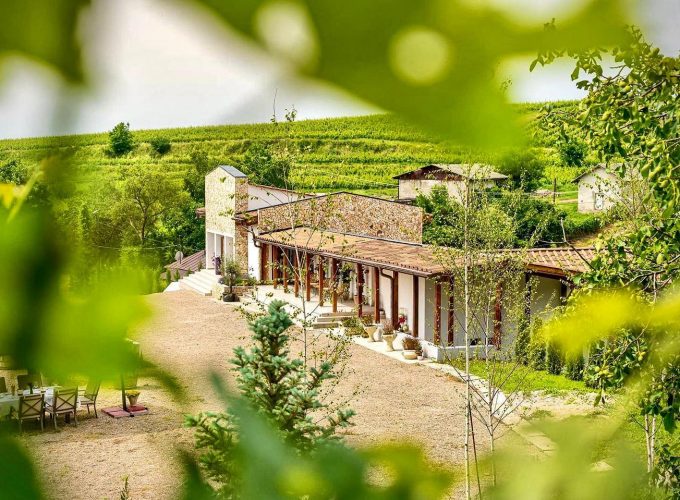
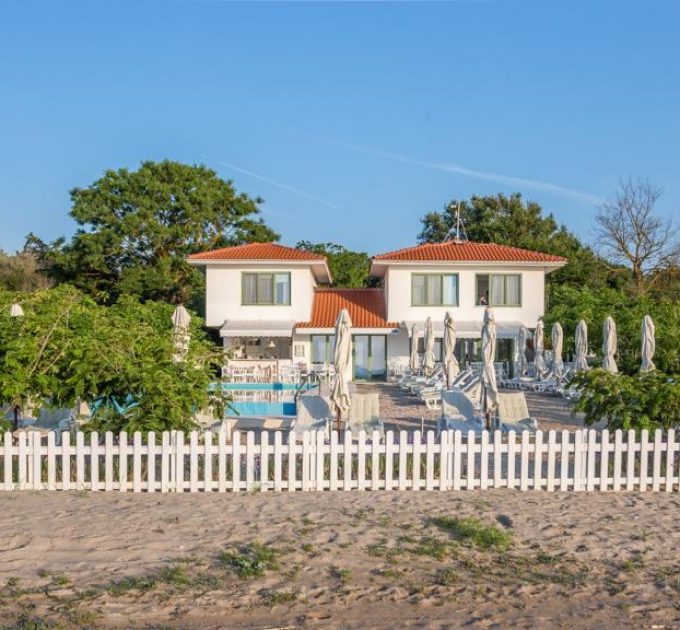







.jpeg)
.jpeg)

.jpeg)
.jpeg)




























